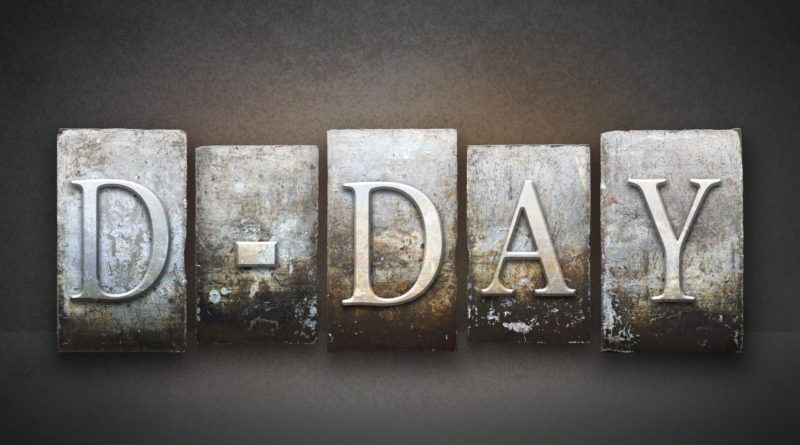What Is D-Day?
764 total views, 1 views today
D-Day will be observed soon – specifically Sunday, June 6. However, many people don’t know what D-Day is other than a passing association with war and battles. If you don’t know the history of D-Day, below, learn all about this historic day’s significance.
What is D-Day?
D-Day honors the invasion of the Allied forces into the French region of Normandy on June 6, 1944, which led to the end of World War II (1939-1945). At the time of the invasion, Nazi Germany controlled Normandy, and their defeat at this location ultimately led to the regime’s collapse.
Some people have proposed that the “D” in D-Day stands for “decision,” “departure,” “day of days,” or “doomsday.” According to the U.S. military, “D-Day” was an Army designation used to indicate the start date for specific field operations. The “D” thus might not stand for any specific word.
Why is D-Day important?
During World War II, the Battle of Normandy lasted from June 1944 to August 1944. The battle resulted in the liberation of Western Europe from Nazi Germany’s control. The battle was codenamed Operation Overlord, which began on June 6, 1944.
During the battle, approximately 156,000 American, British and Canadian forces landed on five beaches along a 50-mile stretch notwithstanding Normandy’s massively fortified coast. The Allied invasion was one of the largest amphibious military advances in history.
How did the Allies prepare for D-Day?
At the Tehran Conference in August 1943, Allied leaders stated that Operation Overlord would take place on or about May 1, 1944. Behind closed doors, they secretly prepared for the attack. Trucks, tanks, and tens of thousands of troops flooded into England. Allied leaders then set June 5, 1944, as the official invasion date. However, on the morning of June 4, the bad weather on the English Channel forced then-U.S. President Eisenhower to postpone the attack for 24 hours.
At the time, the largest amphibious landing force was ready to assemble to move through the rough waters toward the beaches. Most of the American troops were in flat-bottomed Higgins boats from troop transports 10 miles from the French coastline.
Military planners had divided the landing zone into five separate, strategically named beaches. The American troops landed at Utah and Omaha beaches. The British and Canadian troops landed at Gold, Juno, and Sword beaches. The troops raided from their landing boats and were met with machine-gun fire that lasted for hours.
What happened after D-Day?
Approximately 4,400 identified soldiers, airmen, sailors, and coastguardsmen died on D-Day. About 5,000 or more soldiers, sailors, and airmen were lost at sea or in air battles, and some were not identified. Approximately 4,000 and 9,000 Nazi troops were killed.
D-Day led to a decisive victory for the Allies over the Axis powers in France. This victory set the stage for an Allied victory over all of Europe one year later, bringing the end of World War II.

